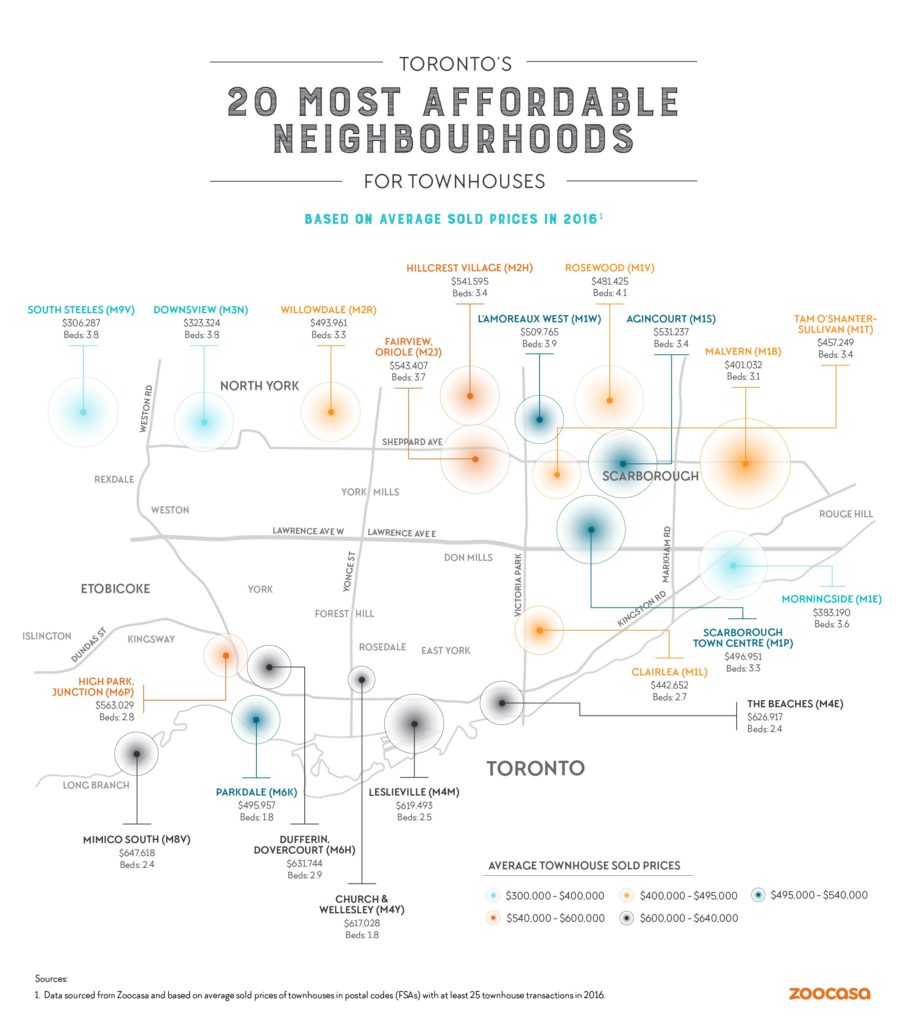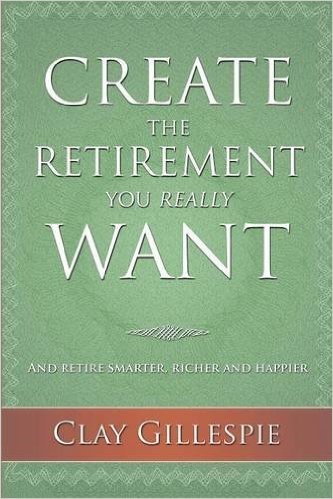By Penelope Graham, Zoocasa
Special to the Financial Independence Hub
Shelling out a million for a home is no longer just an issue for downtown dwellers: it now costs that much on average to purchase a detached house in the ‘burbs, according to several new reports.
The February numbers from the Toronto Real Estate Board reveal regional home prices have surpassed two pricey milestones; average detached home prices in the city proper have hit the $1,500,000 mark, and $1,106,201 in the surrounding GTA. That’s tough news for those planning to trade a lengthy commute for affordable housing, as the competitive factors from the hot Toronto real estate market now stretch as far as the Niagara Region.
Too few houses to go around
The latest narrative around GTA housing is the scant supply of listings, with just 793 detached houses changing hands last month. “The listing supply crunch we are experiencing in the GTA has undoubtedly led to the double-digit home price increases we are now experiencing on a sustained basis, both in the low-rise and high-rise market segments,” said Jason Mercer, TREB’s director of market analysis. “Until we see a marked increase in the number of homes available for sale, expect very strong annual rates of price growth to continue.”
And it’s not just the resale market that’s too hot to handle. January numbers from the Building Industry and Land Development Association (BILD) report newly-built low-rise housing –- whether it be detached, semi-detached, or freehold row houses –- also exceed the average million mark, as fresh stock is immediately snatched up. Continue Reading…







